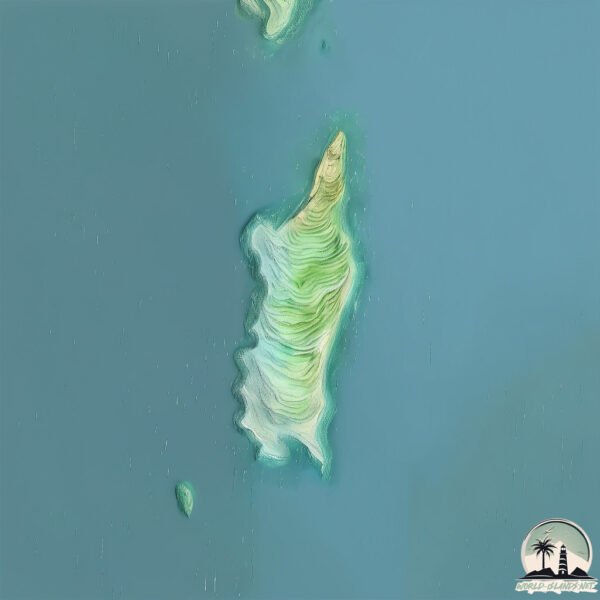Welcome to Portland , a Temperate island in the South Pacific Ocean, part of the majestic Pacific Ocean. This guide offers a comprehensive overview of what makes Portland unique – from its geography and climate to its population, infrastructure, and beyond. Dive into the details:
Geography and size of Portland
Size: 2.006 km²Coastline: 13.1 kmOcean: Pacific OceanSea: South Pacific OceanContinent: Oceania
Portland is a Small Island spanning 2 km² with a coastline of 13.1 km.
Archipel: Polynesia – A region of more than 1,000 islands in the central and southern Pacific Ocean, known for their diverse Polynesian cultures, stunning landscapes, and marine biodiversity.
Tectonic Plate: Scotia – Situated in the Southern Ocean, surrounding the Scotia Sea, between South America and Antarctica, known for the Scotia Arc and active seismicity.
The geographic heart of the island is pinpointed at these coordinates:
Climate and weather of Portland
Climate Zone: TemperateClimate Details: Temperate Oceanic ClimateTemperature: Warm Summer
Climate Characteristics: Known for its moderate year-round temperatures with ample rainfall and no dry season. Warm summers are characteristic.
Topography and nature of Portland
Timezone: UTC+12:00Timezone places: Pacific/AucklandMax. Elevation: 44 m Mean Elevation: 22 mVegetation: Evergreen Broadleaf ForestTree Coverage: 43%
The mean elevation is 22 m. The highest elevation on the island reaches approximately 44 meters above sea level. The island is characterized by Plains: Flat, low-lying lands characterized by a maximum elevation of up to 200 meters. On islands, plains are typically coastal lowlands or central flat areas.
Dominating Vegetation: Evergreen Broadleaf Forest
Vegetation: 3 vegetation zones – Moderately Diverse Island
Infrastructure and Travelling to Portland
Does the island have a public airport? no .
Does the island have a major port? no .
The mean population of Portland is per km². Portland is . The island belongs to New Zealand .
Continuing your journey, North Island is the next notable island, situated merely km away.
Portland & Weymouth UK, Cruise Port Guide: What To Do On Your Own!
We kick off our European cruise tour with Portland, UK. In our brief time there, we made some cool and surprising discoveries.
Portland & Weymouth UK, Cruise Port Guide: What To Do On Your Own!
We kick off our European cruise tour with Portland, UK. In our brief ...
We kick off our European cruise tour with Portland, UK. In our brief time there, we made some cool and surprising discoveries.
Portland, The Story of an Island Part 1. A history of one of the most fascinating places in England
Part 1 of the story of the Island and Royal manor of Portland. The ...
Part 1 of the story of the Island and Royal manor of Portland. The script is based on my book "Portland: An Illustrated History".
|| Portland Island || United Kingdom ||
New Zealand is classified as Developed region: G7: Group of Seven – Major advanced economies, including Canada, France, Germany, Italy, Japan, the United Kingdom, and the United States. The level of income is High income: OECD.
News – Latest Updates and Headlines from Portland
Stay informed with the most recent news and important headlines from Portland. Here’s a roundup of the latest developments.
Loading...
Please note: The data used here has been primarily extracted from satellite readings. Deviations from exact values may occur, particularly regarding the height of elevations and population density. Land area and coastline measurements refer to average values at mean high tide.

